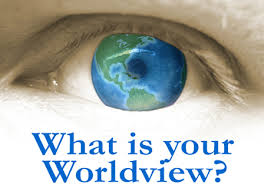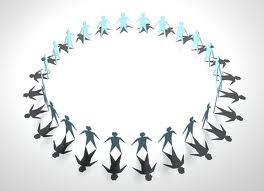It is now six weeks since we gathered at Riverwood in Minnesota for the first offering of Growing Hosting Artistry. We have been reflecting on the experience and there are multiple levels of harvest to offer out and to build on. This is the first.
Growing Hosting Artistry arose in response to a deep need expressed in the expanding Art of Hosting community for a next level offering of practice or inquiry. This comes from the desire to delve more deeply into the patterns beneath the patterns and from the questions that a typical three day AoH training does not have time to touch, particularly now that so many of the trainings are non-residential and because the body of knowledge we draw on has grown significantly over the last decade.
In preparing the initial invitation, the hosting team discerned from the many conversations we were having both with those new to AoH and with long time, skilled practitioners that there were a few topics of inquiry that consistently came up. These topics were identified as:
- setting the container
- impact of the relational field
- dealing with shadow
- worldview (although not everyone named it explicitly as worldview)
- new narratives that are emerging or that we want to create with the groups, organizations and systems we work with
- application both personally and in work related settings.
The biggest inquiry related to these topics was, “How do I, as a host, deepen my hosting practice so I can work skilfully in all kinds of situations, including the increasingly complex and challenging work I am being called into in my organization, community or the larger system?” For some, it was large scale, long term work and for others it was localized in a team or organization but the hunger for greater depth of practice was clear.
The topics identified resonated with the participants who represented the diversity of experience in our AoH community – from never having been to an AoH training, to just recently having attended an AoH training, to being a skilled practitioner, to being a steward. They came from all over the US, from Canada and from Australia. We heard from the participants, and many other colleagues who were drawn to the invitation but could not come, that they saw themselves in the invitation no matter what the form of their work.
We offered, for the first time, a deeper exploration into container setting and we are still working on visuals that will aid us in how to approach this practice. It will be shared in a subsequent harvest. The exploration of shadow provided excellent learning reference points and we are exploring how to generate the most useful and powerful conversations that highlight our experiences and show us explicit ways to hold the field when various aspects of shadow are present. The inquiry into worldview helps us understand our own worldview, how it impacts how we host and how being curious about the worldview of those we host and are hosting with creates a generative space where more becomes possible and new narratives truly can emerge.
Most participants were interested in being hosted as they hosted themselves (not in contributing to hosting). Many – more than we were expecting – were also looking for a personal retreat to be in a reflective space about their hosting, their work and even their lives. Inviting people into this space of reflection brought into the space the diversity of personal experiences that often shows up – from excitement and eagerness to resistance and everything in between. This was apparent as everything from an immediate transformative experience for some, to agitation and questioning from others, to a slow burn towards the end goal, showed up during our time together. Everyone was impacted, each in their own ways, and some profoundly. Many spoke about the quality of space that was held for their personal hosting journey and story to emerge in new ways.
Immediately following Growing Hosting Artistry we heard stories of how some had been impacted. We are evaluating this offering and did a baseline survey as we began, another survey at the end of our time together and are set to do a two month follow up evaluation as we follow the stories of the people who were there, what has changed for them as hosts as what they learned or discovered settles into them and into their work.
Growing Hosting Artistry is working with and discovering patterns for this next level inquiry that is calling so many of us. We are working on the next two offerings – one for Canada (likely Halifax) and one for Australia (likely Melbourne) as we continue to discern the patterns that support each of us in our next levels of AoH skill, application and artistry.











